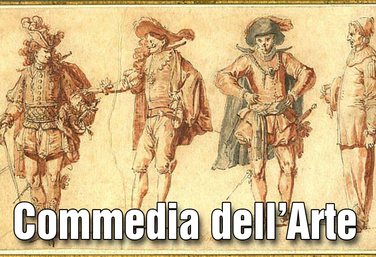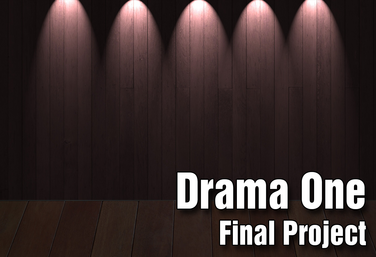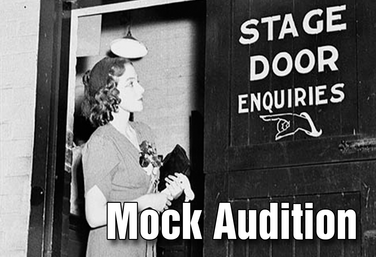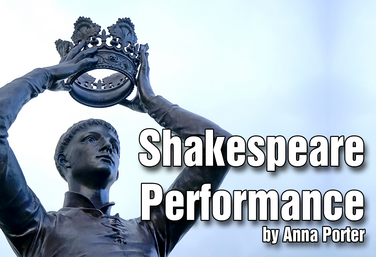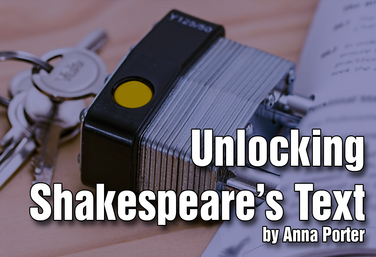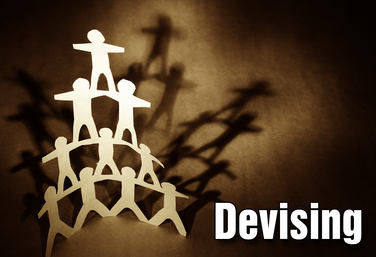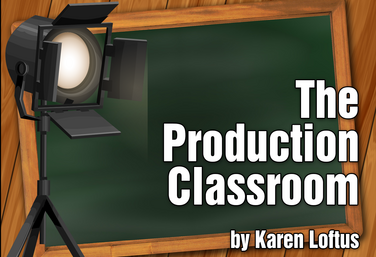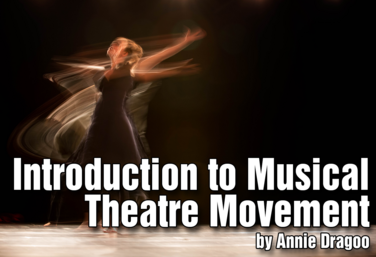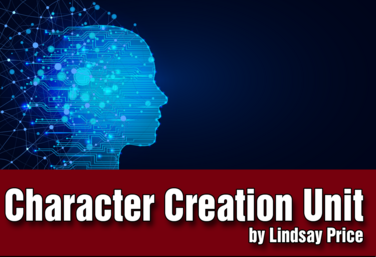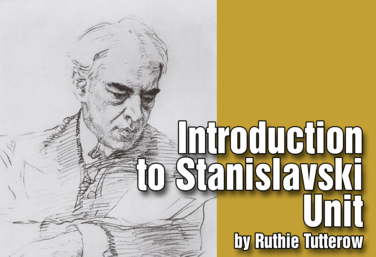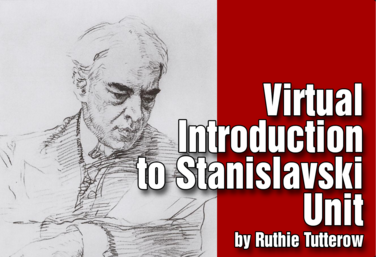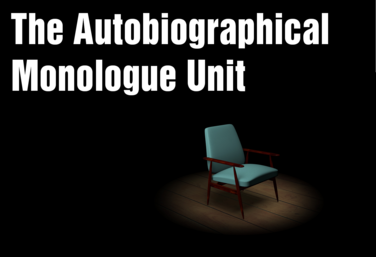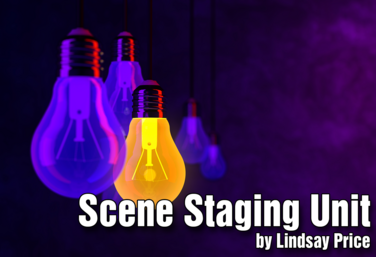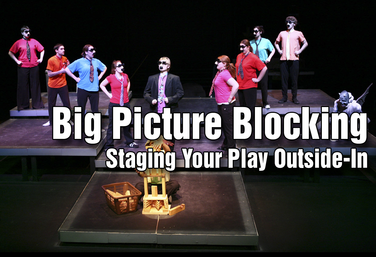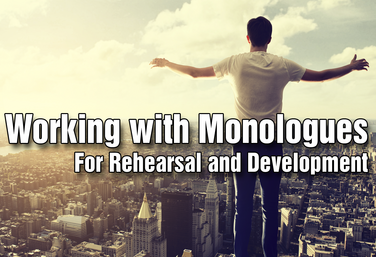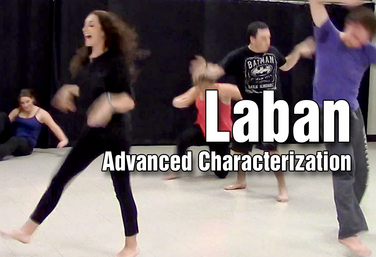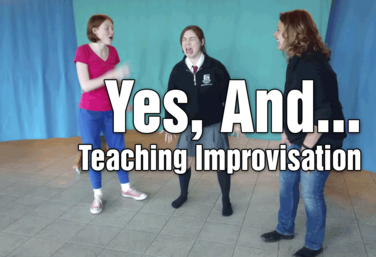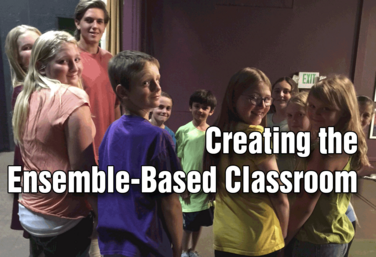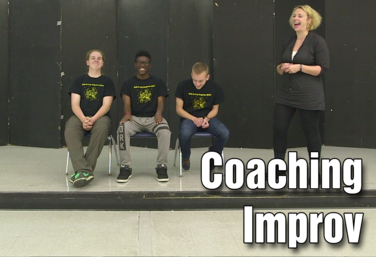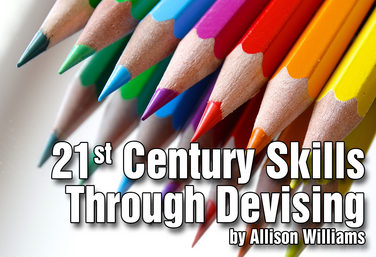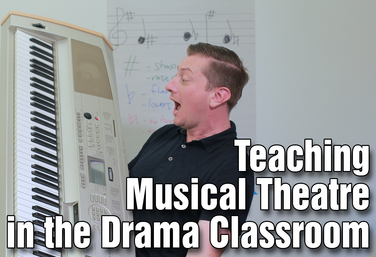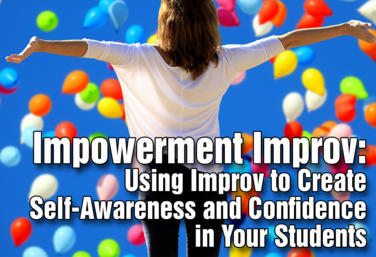Alberta, Canada
Improvisation Drama 10
View all Standards for Alberta, Canada
30 demonstrate understanding of and apply the concepts of a character’s objectives and motivation
Part of the Drama One Curriculum
Commedia Dell'Arte
by Karen Loftus
Part of the Drama One Curriculum
Drama One Final Project
by Karen Loftus
Mock Audition
by Lindsay Price
Shakespeare Performance
by Anna Porter
Unlocking Shakespeare's Text
by Anna Porter
Part of the Drama Two Curriculum
Devising
by Corinna Rezzelle
Part of the Production Classroom Units Curriculum
Production Classroom Units Overview
by Karen Loftus
Part of the Production Classroom Units Curriculum
Part One - Pre-Production
by Karen Loftus
Part of the Production Classroom Units Curriculum
Part Two - Rehearsal and Performance
by Karen Loftus
Part of the Production Classroom Units Curriculum
Part Two - Documents
by Karen Loftus
Part of the Production Classroom Units Curriculum
Part Three - Reflection and Assessment
by Karen Loftus
Introduction to Musical Theatre: Movement
by Annie Dragoo
Part of the Distance Learning Curriculum
Mock Audition
by Lindsay Price
Character Creation: Superhero Series: Multi platform
by Lindsay Price and Kerry Hishon
Introduction to Stanislavski
by Drama Teacher Academy
Virtual Introduction to Stanislavski
by Drama Teacher Academy
The Autobiographical Monologue
by Gai Jones
Scene Staging
by Lindsay Price
Big Picture Blocking: Staging Your Play Outside-In
by Todd Espeland
Working With Monologues For Rehearsal And Development
by Gai Jones
Laban: Advanced Characterization
by Todd Espeland
Yes, And... How to Teach Improv
by Jennine Profeta
Creating the Ensemble-Based Classroom
by Gai Jones
Coaching Improv
by Jennine Profeta
The Production Classroom
by Karen Loftus
21st Century Skills Through Devising
by Allison Williams
Teaching Musical Theatre in the Drama Classroom
by Colin Oliver
Impowerment Improv
by Jennine Profeta
View all Standards for Alberta, Canada Standards Master List
